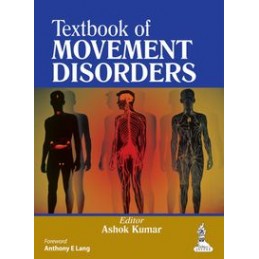- Reduced price

Order to parcel locker

easy pay


 Delivery policy
Delivery policy
Choose Paczkomat Inpost, Orlen Paczka, DHL, DPD or Poczta Polska. Click for more details
 Security policy
Security policy
Pay with a quick bank transfer, payment card or cash on delivery. Click for more details
 Return policy
Return policy
If you are a consumer, you can return the goods within 14 days. Click for more details
Movement disorders in neurology concern involuntary movements of parts of the body. Many movement disorders are caused by nerve diseases such as Parkinson’s disease. Other causes include injuries, autoimmune diseases, infections and certain medicines. Many movement disorders are inherited so run in families (MedlinePlus).
This book is a comprehensive guide to movement disorders for practising neurologists and trainees. Divided into 55 chapters, it discusses the basic science, clinical concepts, diagnosis and treatment of numerous conditions. Parkinson’s disease is covered in-depth and complete chapters are dedicated to movement disorders in children, MR imaging, and emergencies in movement disorders.
Presented in an easy to read format, this manual includes 800 clinical photographs, illustrations and tables, as well as extensive references for each chapter.
Key points
Data sheet
